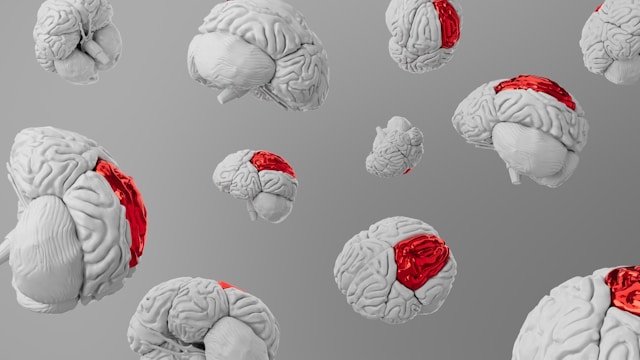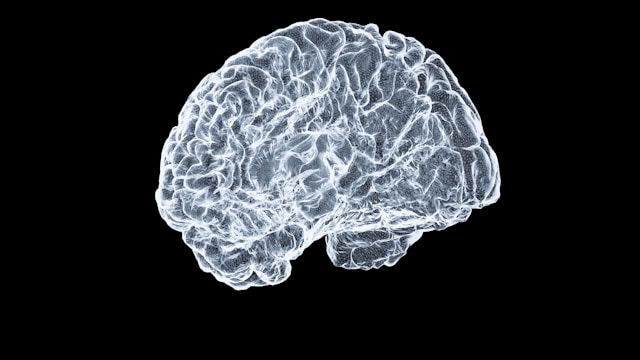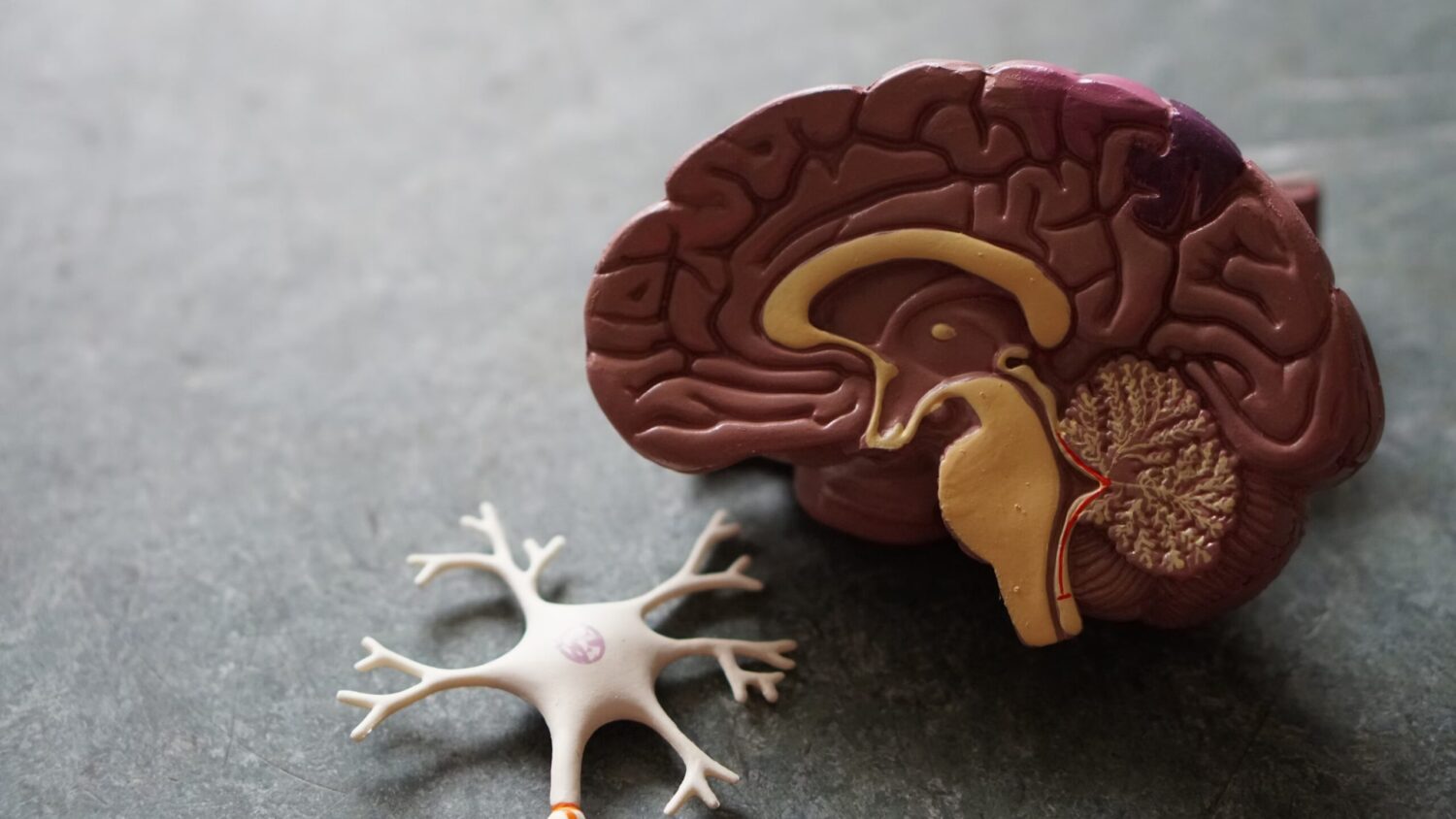A.N. BOGOLEPOVA
Federal State Autonomous Educational Institution of Higher Education “N.I. Pirogov Russian National Research Medical University” of the Ministry of Healthcare of the Russian Federation
(Pirogov University), Moscow, Russia;
Federal Center for Brain and Neurotechnology of the Federal Medical and Biological Agency of Russia, Moscow, Russia
Place of publication:
S.S. Korsakov Journal of Neurology and Psychiatry 2025, v. 125, no. 4, issue 2, pp. 13–18
Resume:
Cognitive impairment (CI) is one of the most important problems of modern clinical neurology, which is due to its high prevalence and degree of disability. In most cases, CI progresses. The development of CI is inevitably associated with the loss of neurons and interneuronal synaptic connections. Possible mechanisms for the development of CI include a deficiency of neurotrophic factors, disorders of neurotransmitter systems, impaired energy metabolism and mitochondrial dysfunction, oxidative stress, neuroinflammation, and damage to the blood-brain barrier. Chronic cerebral hypoperfusion is probably one of the main causes, since it occurs at the initial stages of not only cerebrovascular but also neurodegenerative damage. It links together some of the mechanisms of CI, such as chronic inflammation, oxidative stress, neurodegeneration, and brain atrophy. One of the drugs for the treatment of CI is Mexidol, a drug with a multimodal effect, including antioxidant, antihypoxant and membrane-protective properties. The clinical efficacy of Mexidol in relation to mild cognitive impairment was confirmed by meta-analysis data from 10 prospective clinical studies.
Key words: cognitive impairment, dementia, oxidative stress, neurotransmitters, neurotrophic factors
, ethylmethylhydroxypyridine succinate, Mexidol.









